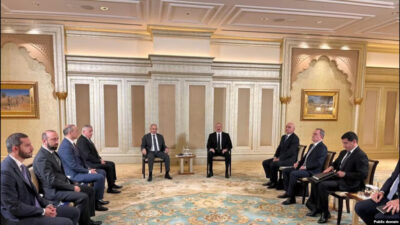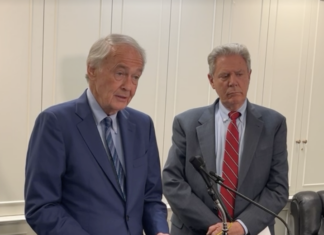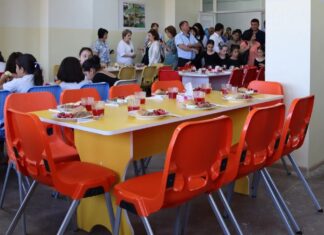LOS ANGELES — The University of California at Los Angeles (UCLA) Narekatsi Chair in Armenian Studies organized two events in February and one in March, all open to the public.
Together, these events encompass a broad range of themes pertaining to Armenian history, culture, and contemporary issues.
The Graduate Student Workshop on the Contemporary Construction of Armenian Identity is organized by Dr. S. Peter Cowe, Narekatsi Chair of Armenian Studies at UCLA, and co-sponsored by AUA. The conference will be held during March 23-25 at the American University of Armenia (AUA) campus. Workshop presenters will comprise graduate and postdoctoral students from UCLA, AUA and other universities and research institutes in Yerevan.
“With this workshop, we’re eliciting the involvement of students from a wide variety of perspectives and disciplinary backgrounds so as to encourage a rich, multidimensional exchange,” Cowe said. “The event is envisioned as a far-reaching forum, where graduate researchers will present in-progress research to shed light on the diverse aspects of the complex, multilayered evolution of Armenian identity.”
The announcement of the forthcoming colloquia and workshop came on the heels of the highly successful UCLA Conference on Armeno-Persian Relations and the Persarmenian Community throughout the Ages, organized by Cowe on November 14, 2015, at Royce Hall, with a full capacity audience in attendance. This Hampartzoum and Ovsanna Chitjian Conference on Armenian Studies, the second in a series inaugurated in 2013 by Zaruhy Sara Chitjian in memory of her parents, was co-sponsored by the recently renewed Salmast Heritage Committee.
After opening remarks by Prof. Charles Stanish, director of the UCLA Cotsen Institute of Archaeology and Prof. Alessandro Duranti, Dean of the UCLA Division of Social Sciences, Cowe offered a moving tribute to the recently departed Archbishop Gorun Babian (1941-2015), the longtime Prelate of New Julfa, to whose memory the conference was dedicated.







